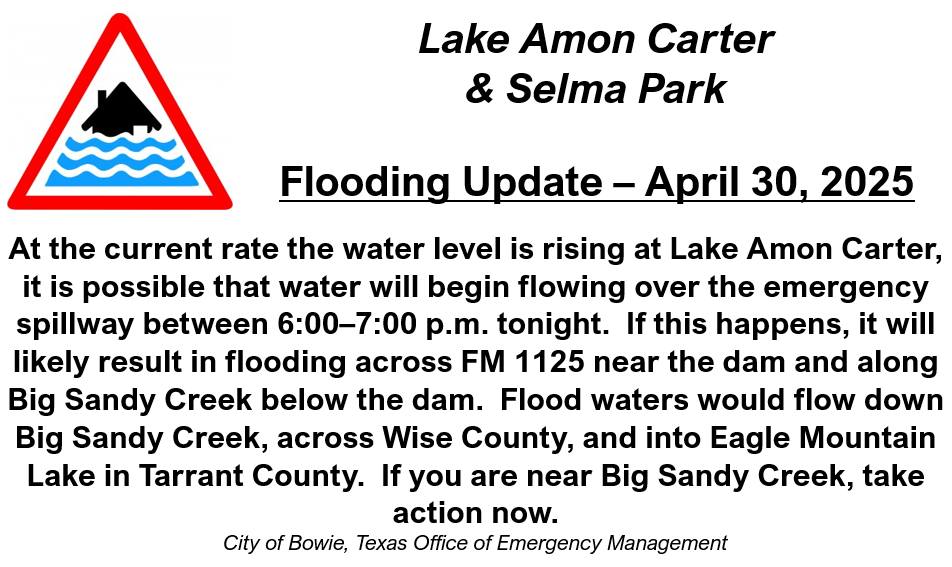HOME
Colonizing Other Planets

EarthTalk®
From the Editors of E – The Environmental Magazine
Dear EarthTalk: How far along are we on efforts to support large numbers of people on the moon or other planets if our population gets too big or we ruin the environment here on Earth? — Barbara Christie, Hull, MA
As the human population swells and global warming compounds other environmental problems here on Earth, the notion of colonizing other planets is more appealing than ever. While we are far from being able to support human communities elsewhere in the solar system and beyond, environmentalists are increasingly interested in space exploration as one potential solution to our own earthly woes.
Mars is by far the most promising planet in the solar system on which we could support substantial human life. Currently, Mars is a desolate desert, but the so-called “red planet” once contained liquid water and perhaps harbored life. Many of the elements we depend upon to support life here on Earth, including carbon, silicon, iron and even frozen water, are present on Mars, giving researchers hope that one day some of us could hopscotch through space and set up shop there.
The first challenge of colonizing Mars is transportation. The furthest a manned mission has ever gone to date is the moon, and Mars is 140 times further away. Currently the biggest hurdle is the cost of spaceflight. But a new breed of private companies such as SpaceX and Blue Origin have invested in making launching more efficient by streamlining manufacturing and even reusing rockets. Elon Musk, CEO of SpaceX, claims he can reduce the cost of spaceflight 100-fold.
The best concrete plan for landing humans on Mars is called Mars Direct. Designed by aerospace engineer and Mars Society founder Bob Zubrin, this plan was rejected by NASA because it failed to fully utilize new technologies such as the International Space Station. Zubrin thinks we could get ourselves to Mars for only $55 billion, which seems like a bargain compared to the $250 billion figure suggested for a Mars landing back in 1969 after our first moon landing.
The most immediate problem for human habitation on Mars is the severe temperature. The average temperature on the surface of the red planet is -67° Fahrenheit compared to the balmy 61° here on Earth. Elon Musk suggests there are two ways to overcome this obstacle. The fast way would be by dropping nuclear weapons on Mars’ poles, while a slower solution would entail emitting huge amounts of carbon into the Martian atmosphere much as we are doing on Earth but to a larger extent. In theory, this carbon seeding plan would cause the atmosphere to grow and eventually shield much of the radiation that would otherwise be harmful to Martians. Since carbon dioxide is the main gaseous nutrient consumed by plants, it’s possible that many plants could thrive on Mars. Without competition, plants could take over the planet and put oxygen into the atmosphere, eventually making it possible for humans and other animals to populate Mars without oxygen masks.
There are still problems with colonizing Mars, however. Its low gravity would corrode human bones and giant storms rage across the currently barren planet. In sharp contrast, Earth is rich in resources and water, making it naturally habitable for plants and animals. Addressing the problems here on Earth will likely be easier than escaping them by fleeing to Mars or other planets.
CONTACTS: NASA, www.nasa.gov; Blue Origin, www.blueorigin.com; SpaceX, www.spacex.com; The Mars Society, www.marssociety.org.
EarthTalk® is produced by Roddy Scheer & Doug Moss and is a registered trademark of the nonprofit Earth Action Network. To donate, visit www.earthtalk.org. Send questions to: question@earthtalk.org.

City of Bowie warns water may begin flowing over the emergency spillway at Amon Carter Lake tonight between 6-7 p.m. due to heavy rainfall and flooding.
HOME
‘What’s Your Point’ review possible stone relics

Do you think a stone you picked up could be an Indian artifact?
Tales ‘N’ Trails Museum will host “What’s Your Point,” an informational event from 1-3 p.m. on March 9 to have your items reviewed by Dr. Sergio Ayala, PhD of the Gault School of Archeological Research. Cost is $10 per person and museum members are free.
Also bring in any metal artifacts found around Spanish Fort that might have been of European origin. Museum Curator Nellann McBroom said if you cannot attend bring you artifacts and leave them, then pick them up on Monday. Call the museum at 825-5330 with questions.
HOME
Oct. 7 final day to register to vote

Oct. 7 is the last day to register to vote in the Nov. 5 general election.
Voters also should double check their voter registration to make sure all the information is up-to-date. Go to votetexas.gov on the Texas Secretary of State’s website to make any address changes.
Registering to vote in Texas is easy, simply complete a voter registration application on the SOS website and return it to your county election office at least 30 days before the upcoming election date.
Fill in the required information, print and sign the complete application. At this late date it may be best to deliver the registration form in person to the election office in the courthouse annex at Montague.
Any additional information on voter registration can be seen on the county website at co.montague.tx.us, click on elections. Direct any questions to the office at 894-2540.
-

 NEWS3 years ago
NEWS3 years ago2 hurt, 1 jailed after shooting incident north of Nocona
-

 NEWS2 years ago
NEWS2 years agoSuspect indicted, jailed in Tia Hutson murder
-

 NEWS2 years ago
NEWS2 years agoSO investigating possible murder/suicide
-

 NEWS2 years ago
NEWS2 years agoWreck takes the life of BHS teen, 16
-

 NEWS2 years ago
NEWS2 years agoMurder unsolved – 1 year later Tia Hutson’s family angry, frustrated with no arrest
-

 NEWS2 years ago
NEWS2 years agoSheriff’s office called out to infant’s death
-

 NEWS2 years ago
NEWS2 years agoBowie Police face three-hour standoff after possible domestic fight
-

 NEWS3 years ago
NEWS3 years agoDriver stopped by a man running into the street, robbed at knifepoint









